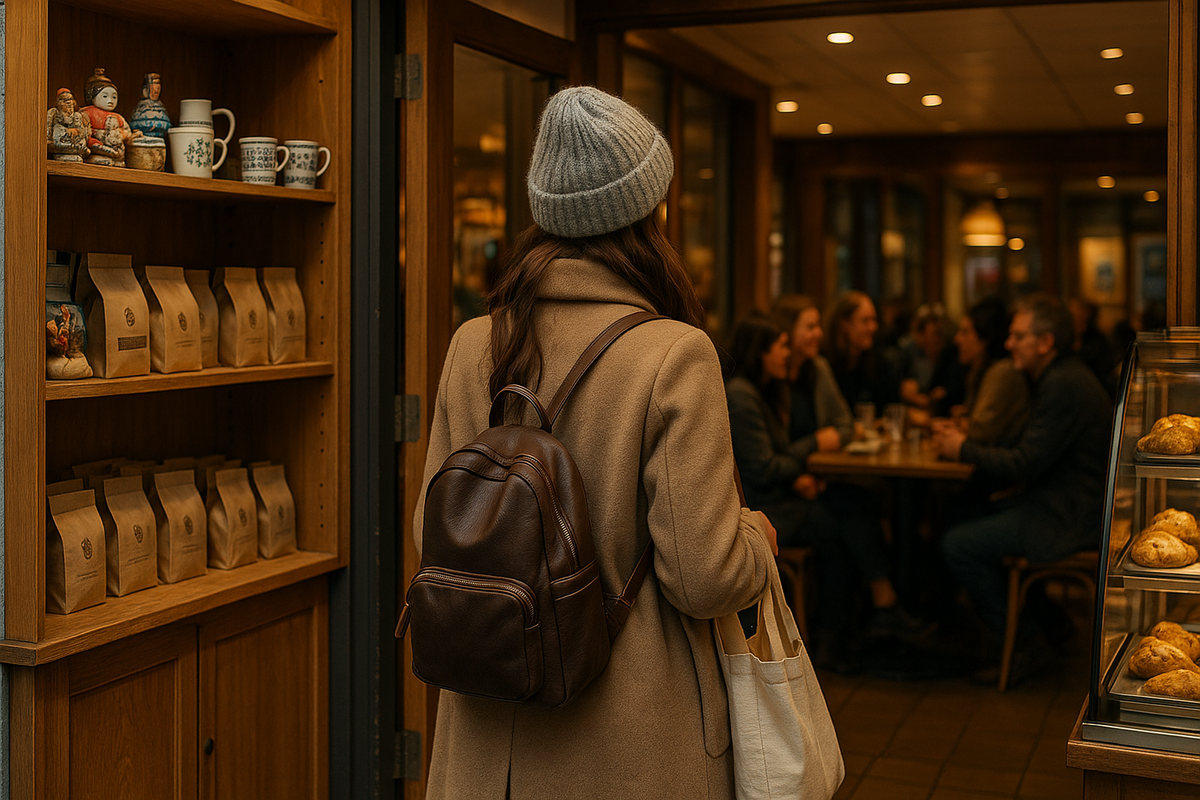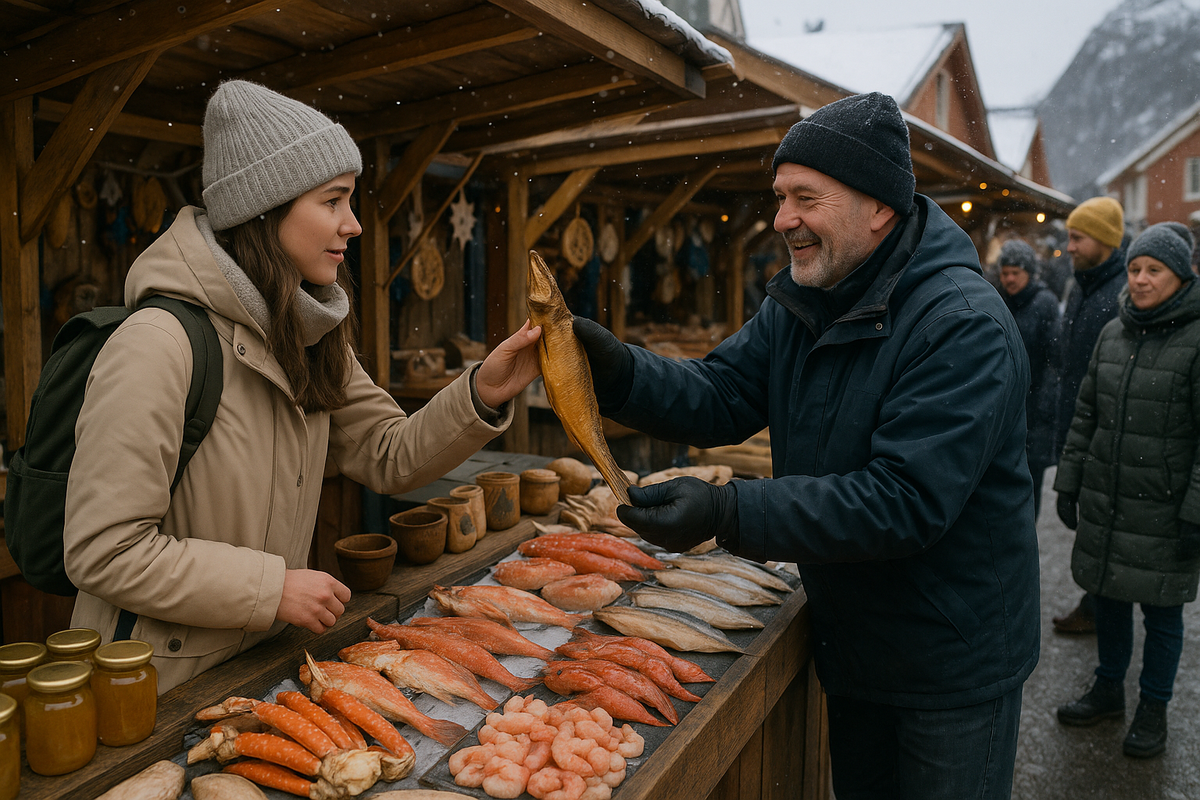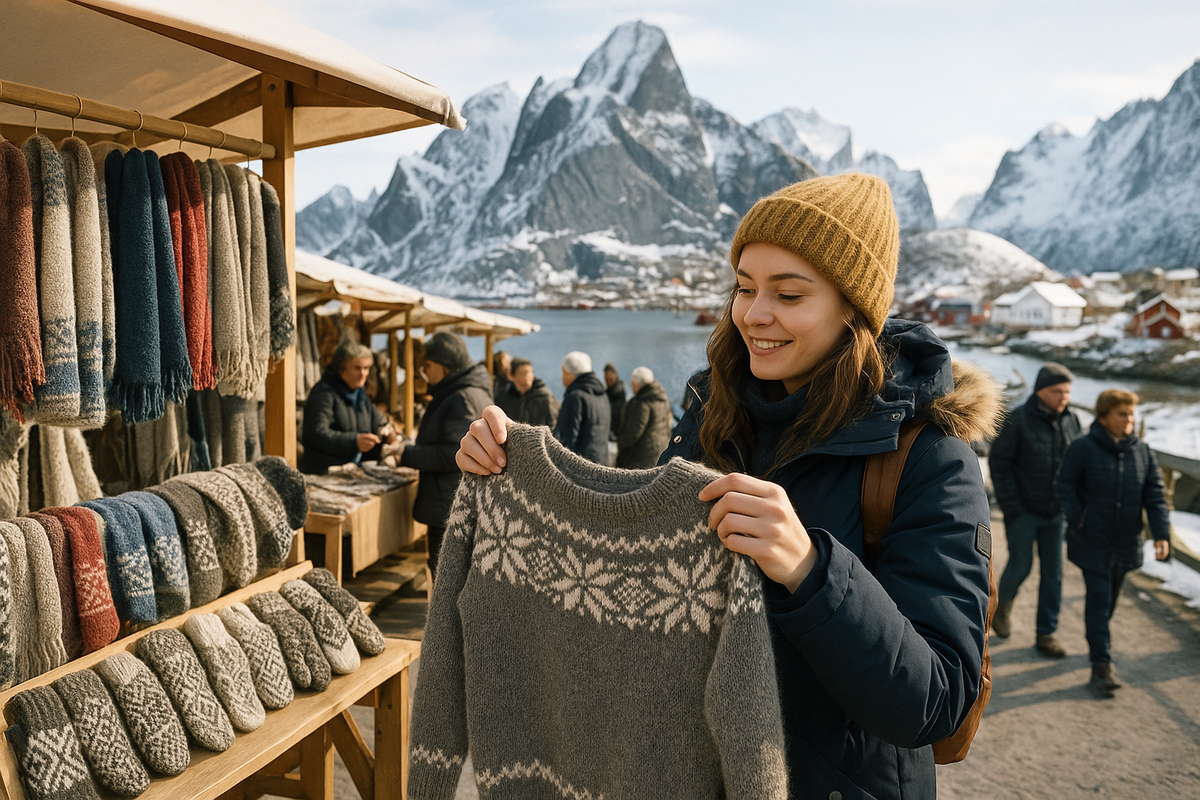Northern route: Tromsø and Lofoten — local brands and markets
Tromsø and Lofoten are two places on the map of Norway that really stand out. They're not just special because of their unique nature, but also because of their amazing shopping atmosphere. Here you can find products that truly reflect the northern character of the country. Get ready for the adventure of a lifetime, because these islands and towns are home to some of the most unique and authentic local brands, handicrafts and markets you'll ever see! In this article, we'll tell you where to buy local products in Tromsø, what to bring back from Lofoten, and which markets are worth visiting in these places.
Where can you buy local products in Tromsø?

Tromsø is a city in the north of Norway. It is located above the Arctic Circle. It is a centre of culture and art. To buy local products, it is worth visiting a few key places. Kaffebønna, for example, is a popular coffee shop and store that sells aromatic coffee and sweets, as well as souvenirs with a northern flavour. Here you can find art by local artists, as well as jewellery and accessories that perfectly capture the atmosphere of Tromsø.
If you want to buy traditional Norwegian goods, go to Nordnorsk Kunstnersenter. This is a cultural centre where you can also buy artwork, ceramics and textiles from local artisans. You can find handcrafted wooden items, textiles with northern patterns, and jewellery with elements of Sami culture in the markets and small shops in the city centre.
What can you buy in Lofoten that isn't just the usual souvenirs?
Lofoten is a great place to find unique souvenirs. Here you can find many items made by local craftsmen, as well as goods that are typical of the north. Ceramics, wooden items and knitted accessories are ideal souvenirs if you're looking for something more unusual than traditional magnets.
Leather and reindeer horn products made by Sami artisans are also very popular among tourists. These items make great gifts for people who like unique and eco-friendly products. In Lofoten, you should also look at Sami clothing made using traditional techniques and natural materials.
If you like to try new foods, you can buy smoked fish, berries and honey. This honey is made from local plants and herbs. You can buy food products at local markets and specialised shops, just like other goods.

What kinds of markets are there in Lofoten, and what do they sell?
Lofoten is known for its beautiful natural landscapes and markets. These markets sell souvenirs and other local products. One of the most famous markets is the Lofoten Fish Market in Svolvær, where you can buy fresh fish and find a variety of other goods, from ceramics to local delicacies.
If you want more traditional items, head to the market in Reine, where you can find handicrafts such as knitted sweaters, shawls and jewellery made from local materials. These markets are great places to shop, but they're also a good chance to have a chat with local people who make things and find out how they make their unique products.
The Lofoten Farmers' Markets sell food and other things that people have made by hand. This includes things like leather bags, accessories and jewellery. You should also visit the local artists' fairs, where artists who use traditional Norwegian techniques often exhibit their work.

Tromsø and Lofoten are unique corners of Norway that offer tourists not only impressive views but also the opportunity to purchase authentic products made by local artisans. Shopping in these places is an absolute blast! You can find all sorts of amazing handicrafts, eco-friendly products and local delicacies. Come to Lofoten or Tromsø, and get ready to fall in love with the northern lights! And don't forget to share your amazing finds with your fellow travellers – they'll be just as excited as you are!
We can't wait to hear all about your amazing shopping spree in Norway! Let us know in the comments which local products became your favourites.





1 comment
Log in to leave a comment